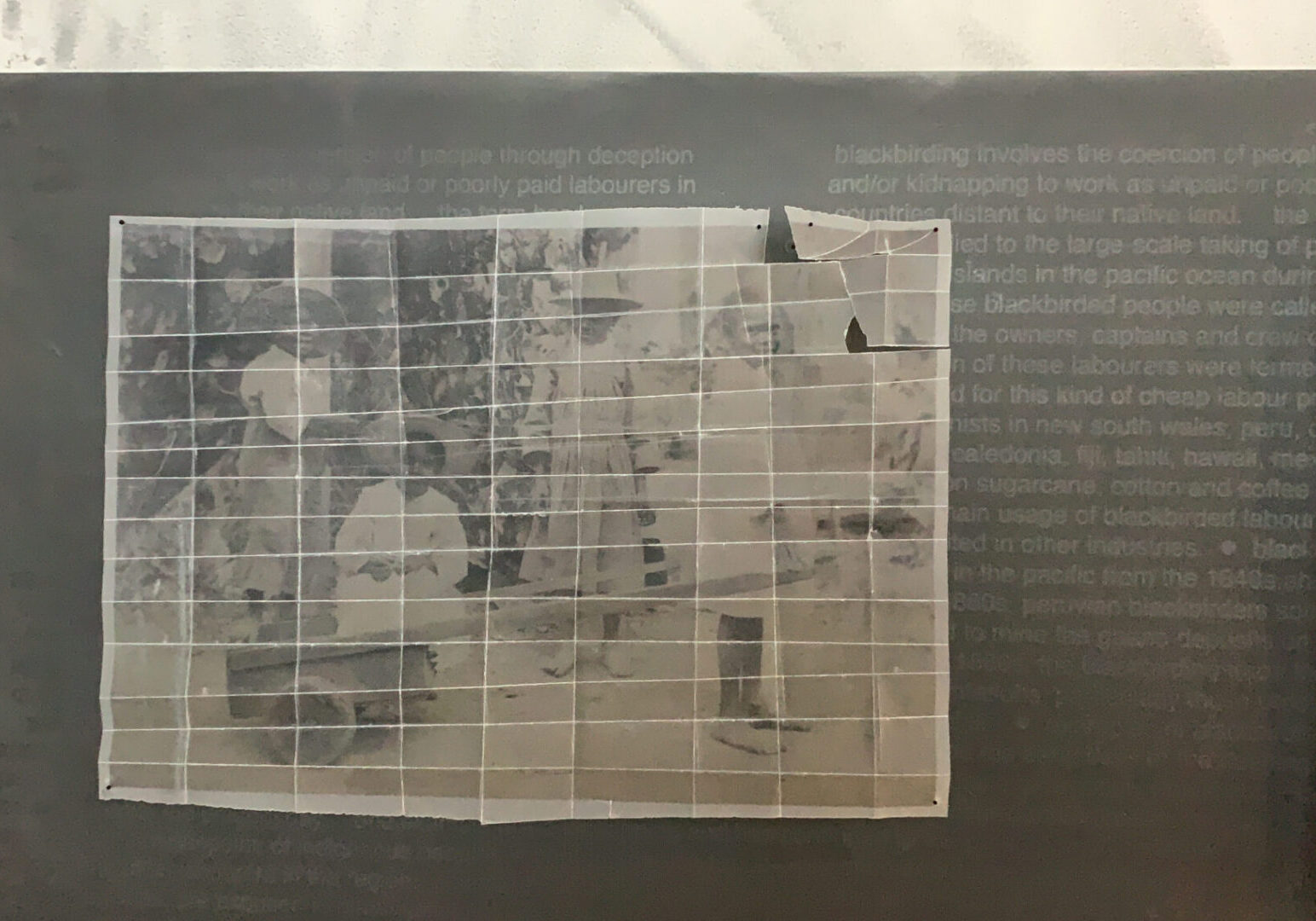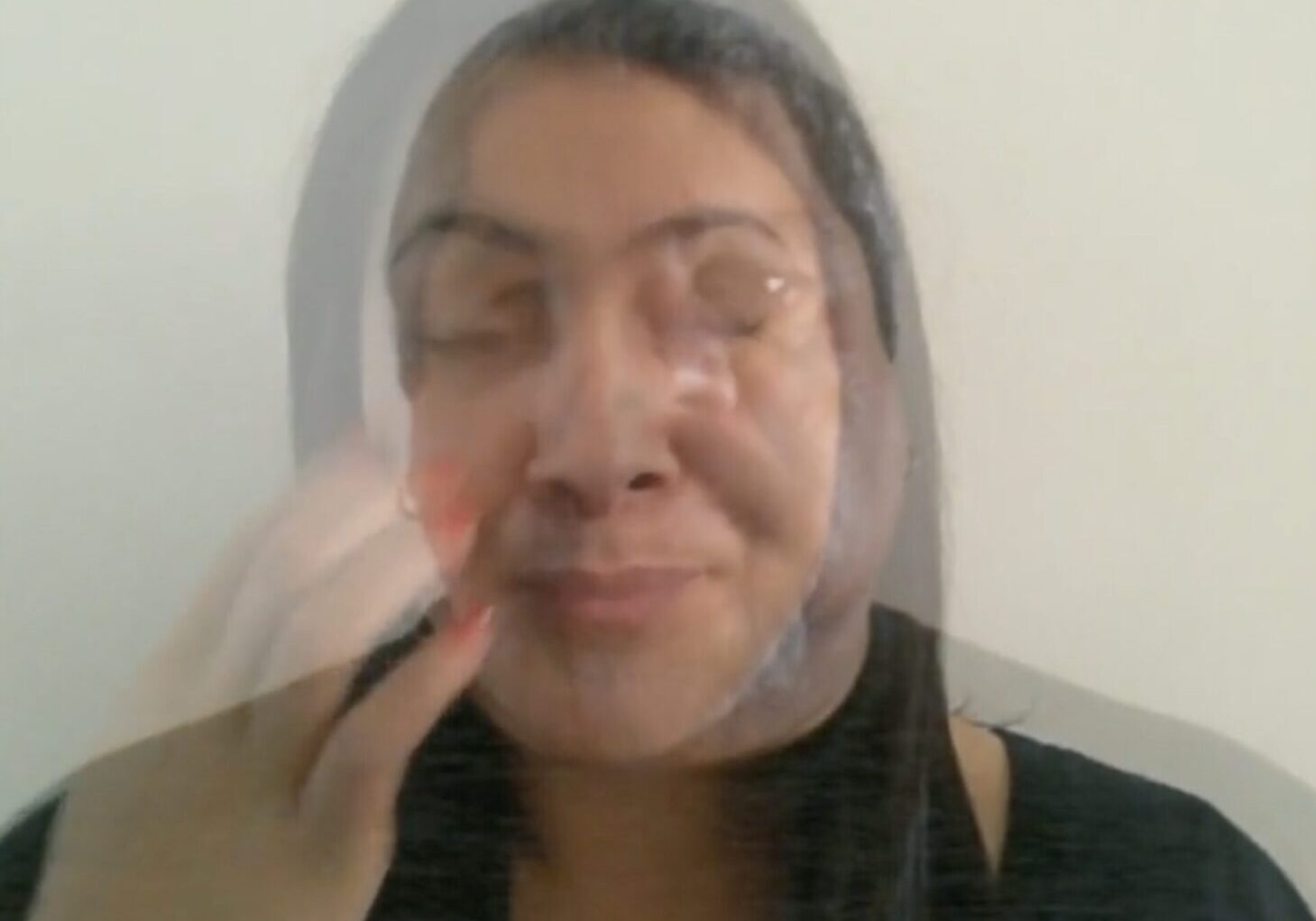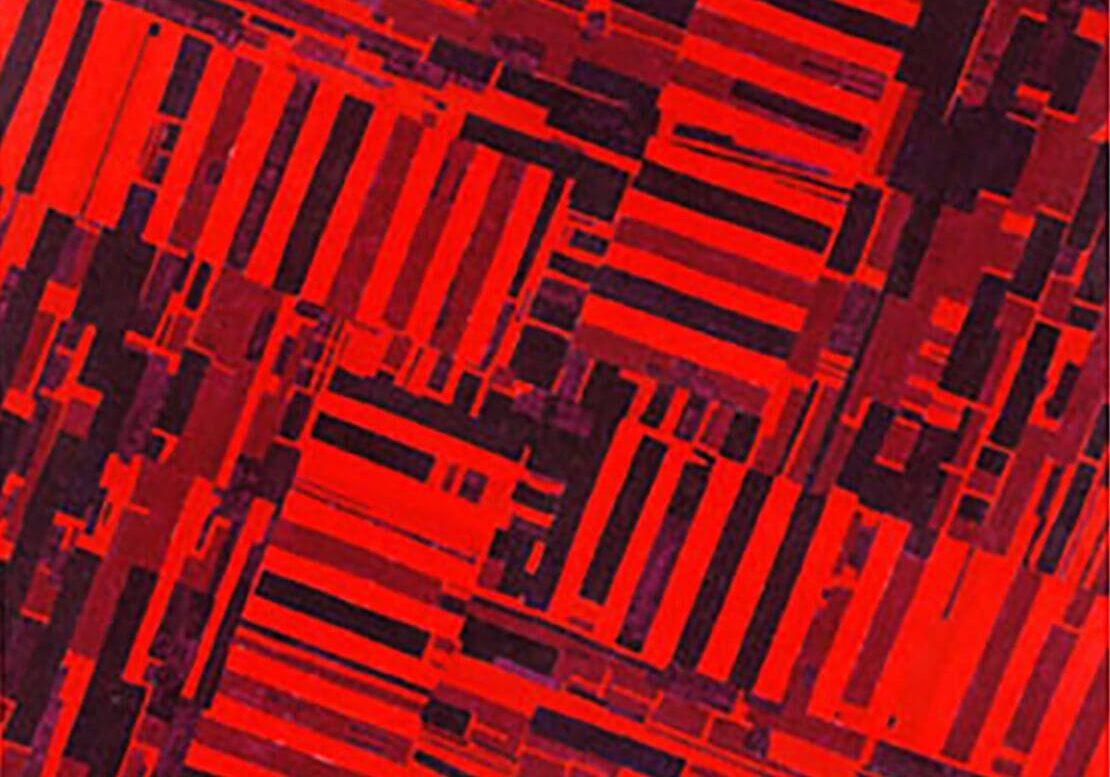Portfolio
The links in the portfolio will take you to the different projects, beginning with the most recent and moving into the past. Currently, there will be a mix of installations, three-dimensional works, and flat pieces (paintings and drawings) on display.
As this page develops, there will be clearer paths to the various types of work I have achieved in my practice. It will also include curatorial projects and the exhibitions of Project_210 where I was co-curator with Quinton Bemiller.
As I did in the Welcome, I encourage you to comment and share your thoughts about the work or of a series, or of any insights you may want to share.
Go to the contact page for ways to start the conversation.



